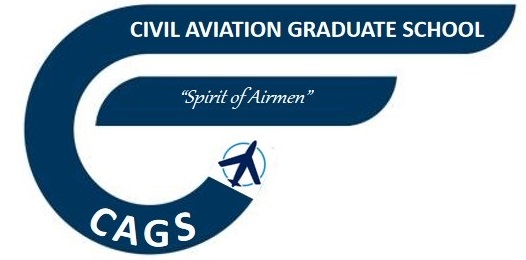Auditing
This is a powerful evidence based approach used to compare actual practice and process outputs with planned arrangements. It involves sample inspection and may be applied in relation to any management system, such as Safety, Quality, Environmental etc. It is widely used by regulatory organisations to obtain independent and unbiased confirmation of conformity of an organisation with regulatory required objectives.
Course Overview
This Audit Techniques course provides delegates with the knowledge and competencies needed to enable them to manage, plan, conduct and report a wide range of aviation audits in support of regulatory compliance and continued organisation improvement.
Case studies and practical guidance are given on the management, planning, conduct and reporting of both regulatory and industry internal audits. Audit process management, including the roles and responsibilities of team leaders and auditors, detailed audit planning, objective recording and reporting of audit findings are also covered.
This course is highly interactive with all delegates having the opportunity to practise and develop audit interview and questioning techniques. Achieved through a series of role-play situations culminating in the substantial “audit” of a fictitious organisation. Syndicate exercises and role- play activities are conducted using a team auditing approach, designed to develop leadership skills.
Who Should Attend?
This course is suitable for you if your role involves are aviation safety inspector or involved in CAA planning, conducting, management and oversight of internal audits, or those of suppliers and contractors.
Course Objectives
By the end of this course, delegates will be able to demonstrate understanding of:
- Principles of management systems in support of Regulatory Compliance and the achievement of safety
- Developing a system of effective audit process management in support of regulatory oversight or internal auditing
- Responsibilities associated with auditing
- Planning of an on-site audit
- Planning of ongoing regulatory oversight audits, developing audit checklists and audit planning data for on-site audit activities
- Audit techniques necessary for obtaining evidence of compliance Regulation Compliance & Monitoring 53
- Objective reporting of audit findings
- Auditing to ensure that effective processes are in place
- Corrective action, verification and audit closeout processes
- Audit team leadership skills
Key topics
This training course will include the following topics:
- Examples of CAA approval and audit practice
- Case studies
- Audit process management
- Roles and responsibilities of team leaders and auditors
- Types of audits
- Classes of audits
- Category of audit
- Audit outputs
- Objective
- Scope and depth
- Organization of team
- Team composition
- Specialist assistance
- Methodology
- Audit schedule
- Documentation review
- Communications Parallel
- findings Budget
- Management personnel
- Entry meeting
- Evaluation and verification
- Daily briefings
- Exit meeting
Overview
- Writing audit findings
- Confirmation request form
- Planning a process inspection
- Assessment of root cause(s) of findings
- Audit review committee
- Audit report
- Auditee corrective action
- Audit follow-up
- Parallel report and follow-up
- Post-audit surveillance
- Classroom (C) / Online (O)/ Virtual (V)
- Duration 5 Days
- Tuition: USD 3150 (Exc VAT)
Course Brochure
Download .pdf
